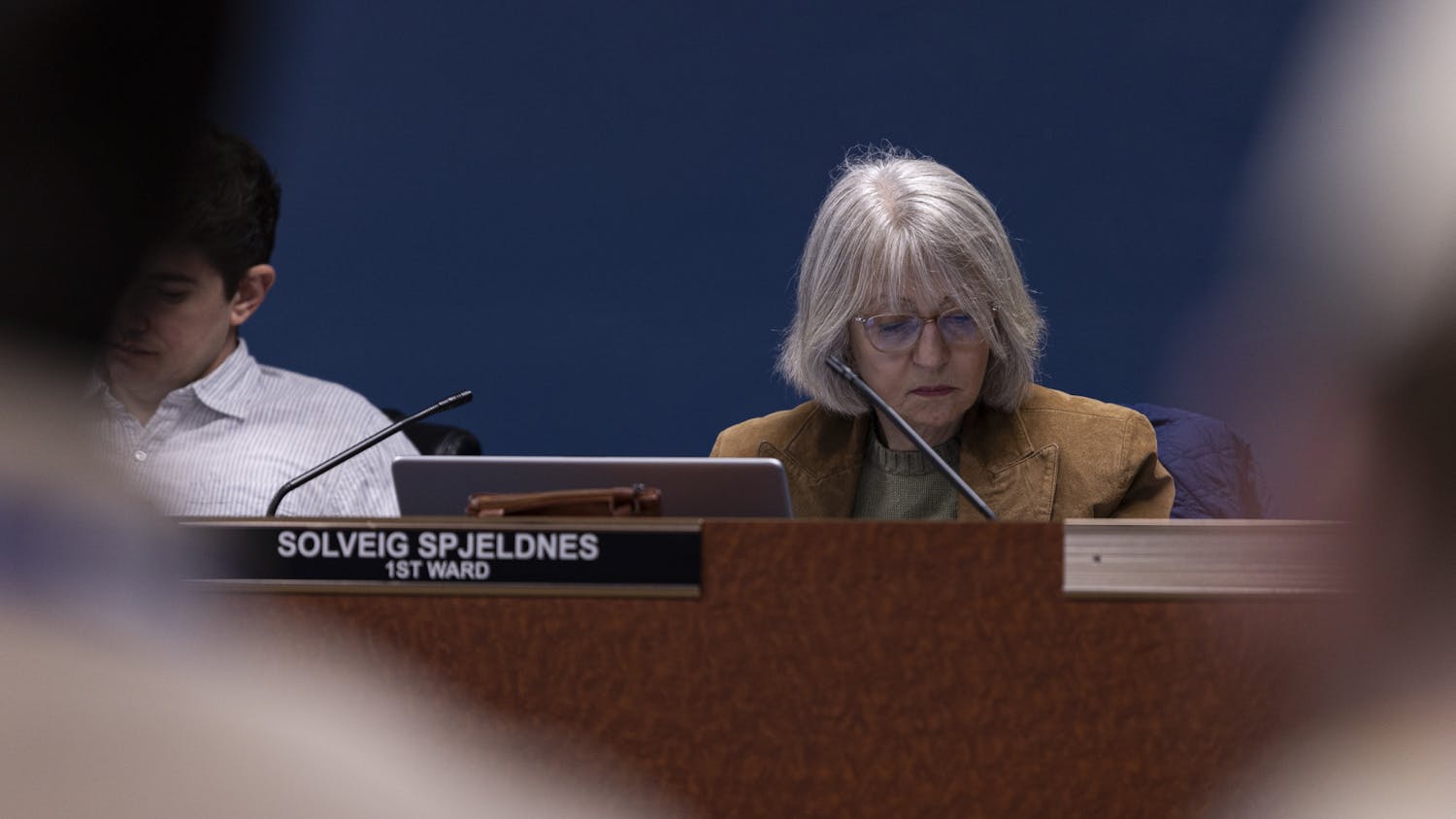The studies will gauge whether or not ODOT's efforts have been successful.
Ohio University has been awarded a $600,000 contract from the Ohio Department of Transportation to examine safety and wildlife patterns of the new Nelsonville Bypass.
The three-year project, funded with federal money, will study the effectiveness of structures near the $160 million bypass that are designed to keep animals off the road.
“We’re trying to understand wildlife migration patterns,” Scott Miller, director of energy and environmental programs in the Voinovich School, said. “There is this big road where the animals used to walk, so the department of transportation built things to allow them to go back across there, such as fences and other structures, instead of running across the road.”
Faculty from the Voinovich School of Leadership and Public Affairs, the Russ College of Engineering and Technology and the College of Arts and Sciences are involved in the project.
The research OU is conducting serves as a continuation of ODOT’s larger Nelsonville Bypass project, David Rose, a public information officer for ODOT, said. The four-lane bypass opened on Oct. 1, 2013 to reduce traffic flow in Nelsonville and cost $160 million.
“It is a major corridor for all truck and vehicular traffic,” Rose said. “The bypass takes all of that traffic and keeps it on the highway and out of the city so there is a reduction of accidents.”
However, around five miles of the 8.5-mile highway runs through Wayne National Forest, which is Ohio’s only national forest. As a result, around $10 million of the project was used to create structures to help maintain the safety and preservation of wildlife, Rose said. One of the main goals of the project is to see how effective ODOT’s safety measures are.
“This type of project is not common at all because of all of the structures we used, and we had to look out west because we had never implemented any of these structures in Ohio,” he said. “It’s actually the first of its kind in Ohio.”
ODOT has been using structures such as bridges and culverts to help animals cross the street without presenting a danger to drivers.
“For example, one of the things they will be looking at is the effectiveness of deer fences and deer to vehicle crashes,” Rose said.
Some researchers said this project is important because of the effect that traffic can have on animals.
“We all drive cars and share the world with a lot of wildlife, and we can have a horrendous effect on them,” said Robert Wiley, a senior field ecologist with the Voinovich School.
The results of the study can help to continue to create effective ways to preserve wildlife while also allowing for safer traffic, Rose said.
“Finding out how effective these techniques work can give us an idea of what we need to do, if anything, moving forward,” Rose said.
OU was selected to conduct research for this study after submitting a proposal. Rose also said that it makes sense to have OU work on this project because the university is located so closely to the bypass.
“We’re interested in doing this cutting-edge (project),” Miller said. “Other states may stand up and take note if structures can be built to reduce the cost to real property and the potential for harm for deer and other wildlife.”
@kcoward02
kc769413@ohio.edu






